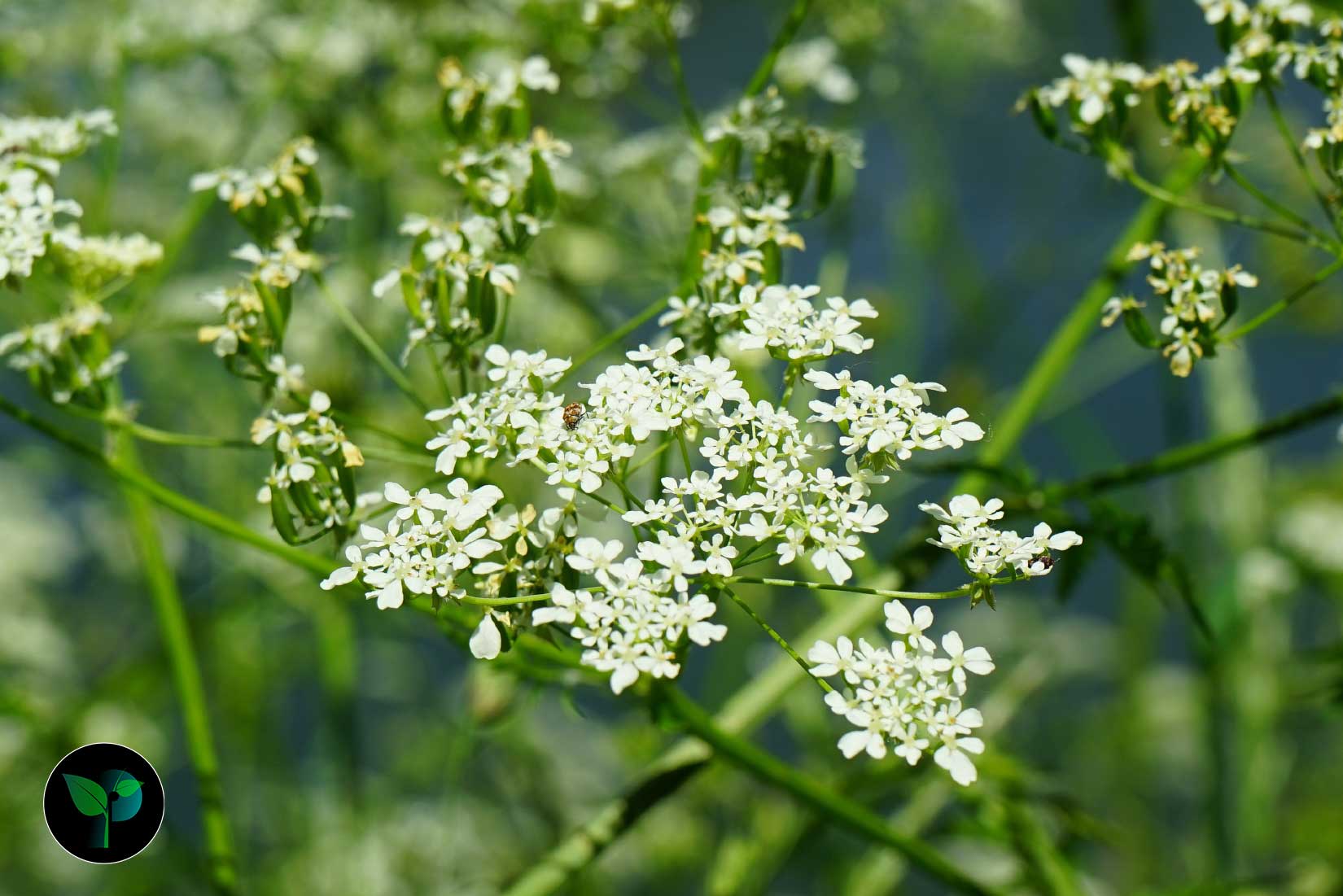The use of herbal medicines can be less expensive and have fewer side effects than chemical drugs! These plants are usually due to their greater compatibility and adaptation to the human body and sometimes their availability has been the focus of attention of people and researchers of traditional medicine for a long time. Awareness of the medicinal properties of plants can have a very positive impact on our lives in many cases. In this post from Plants Folder, we intend to discuss the herb cumin, a very useful plant, and talk about its benefits, disadvantages, and methods of use. Join us!
History and Origin
Cumin, scientifically known as Cuminum cyminum, stands as a testament to its remarkable journey from ancient cultures to modern cuisine, offering a distinctive flavor, aromatic essence, and a spectrum of health-related benefits. In this essay, we will embark on a journey to explore the history and origin of this plant, delve into its multifaceted benefits, identify precautions for those who should avoid its consumption, and unravel the diverse methods of incorporating cumin into culinary and medicinal practices.

The historical roots of it trace back to ancient civilizations in the Mediterranean and beyond. Originating in the region of the Eastern Mediterranean and Egypt, cumin found its place in the cuisines and medicinal systems of ancient cultures. Egyptians utilized this plant not only for culinary delights but also for mummification rituals, while the Greeks and Romans integrated it into their culinary and wellness practices. From the Mediterranean, cumin voyaged across continents, embedding itself as an indispensable ingredient in the cuisines of India, the Middle East, and beyond.
It is an annual herb, 30–50 cm (12–20 in) tall, with slender, glabrous, branched stems. The leaves are pinnate or bipinnate, with thread-like leaflets. The flowers are small, white or pink, in umbels. The fruit is a schizocarp, 3–5 mm long, oblong, with a single seed in each mericarp. The seeds are yellow brown, with five longitudinal ridges.
Benefits of Cumin
Culinary Significance
Cumin, in its ground or whole form, offers a warm, aromatic flavor profile and versatile applicability in culinary creations worldwide. It is known for its ability to:
Enhance Flavor
this plant, when toasted or ground, imparts a distinct earthy and nutty flavor, making it a popular addition to spice blends, curries, stews, and rice dishes.
Support Digestive Harmony
Its unique compounds are acknowledged for their potential to aid digestion and alleviate minor digestive discomfort.
Medicinal Properties
Cumin seeds and their derived oil have been associated with various health-promoting attributes:
Digestive Support
these seeds have been traditionally used to address digestive concerns such as bloating, indigestion, and gas due to their carminative properties.
Antioxidant and Anti-inflammatory Potential
It contains antioxidants and phenolic compounds that may impart anti-inflammatory and free radical-scavenging effects, offering potential health benefits.
Who Should Not Use Cumin
While it is generally considered safe and beneficial for many individuals, there are certain circumstances in which its use should be approached cautiously or abstained from entirely:
Allergies and Sensitivities
Individuals with known allergies to cumin or related plants should avoid its consumption to prevent allergic reactions.
Pregnancy and Nursing
Pregnant and nursing individuals should consult healthcare providers regarding cumin consumption, especially in large quantities, to safeguard maternal and fetal well-being.
How to Use it
Culinary Applications
Cumin seeds and ground cumin are widely employed in diverse culinary landscapes, and their usage can elevate a myriad of dishes:
Toasting and Infusion
To release the aromatic oils and deepen the flavor, these seeds can be dry-toasted in a pan before being ground or added directly to dishes.
Spice Blends and Seasonings
It plays a central role in spice blends such as garam masala, curry powder, and taco seasoning, infusing dishes with depth and warmth.
Medicinal and Wellness Preparations
Cumin’s potential health benefits can be harnessed through various preparations:
Herbal Preparations
these seeds can be infused in hot water or used to prepare decoctions, which may be consumed to potentially aid in digestive wellness.
Aromatherapy and Massage
Cumin seed oil, when diluted, can be utilized in aromatherapy and massage for its reputed calming and warming properties.
Precautionary Measures
When implementing cumin into culinary and wellness practices, it is essential to be mindful of the following considerations:
Quality Assurance
Use high-quality, fresh cumin seeds or ground seed to ensure the best flavor and potential health benefits.
Sensitivity Awareness
When preparing dishes or remedies containing this plant, it is crucial to be mindful of potential sensitivities in individuals who may come into contact with or consume cumin-derived products.
In conclusion, this plant stands as a sentinel of a historic odyssey that has traversed continents, cultures, and millennia, embodying the intersection of flavor, wellness, and tradition. Its historical eminence, gustatory allure, and potential health benefits underscore its centrality in the interconnected domains of culinary artistry and traditional wellness. While cumin’s renowned culinary versatility and potential therapeutic attributes captivate and inspire, judicious consideration of individual health needs and culinary preferences is paramount. Whether it’s harmonizing a curry, aiding digestion, or soothing the senses, the enduring presence of cumin illuminates its enduring role in weaving together the threads of ancient heritage and modern well-being.



Leave a Reply